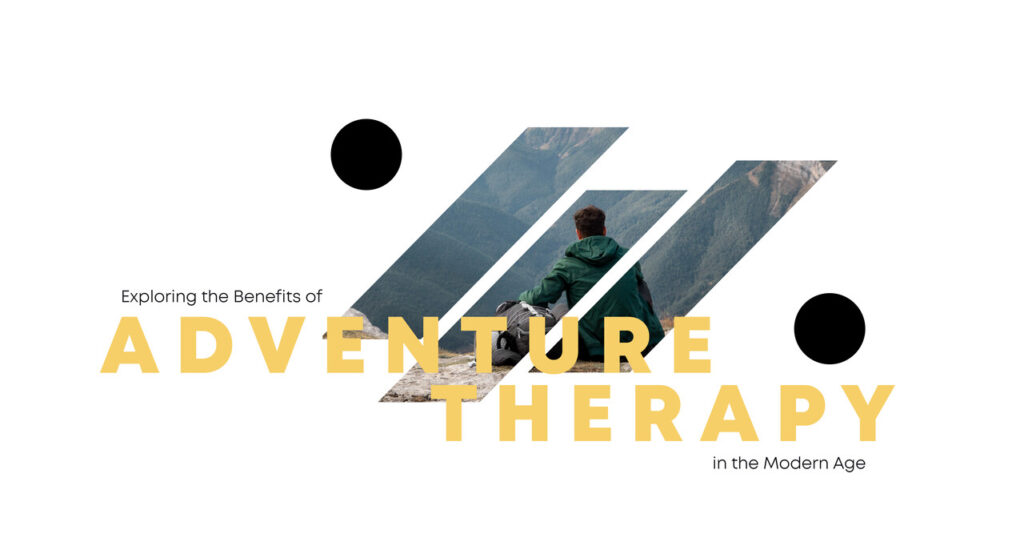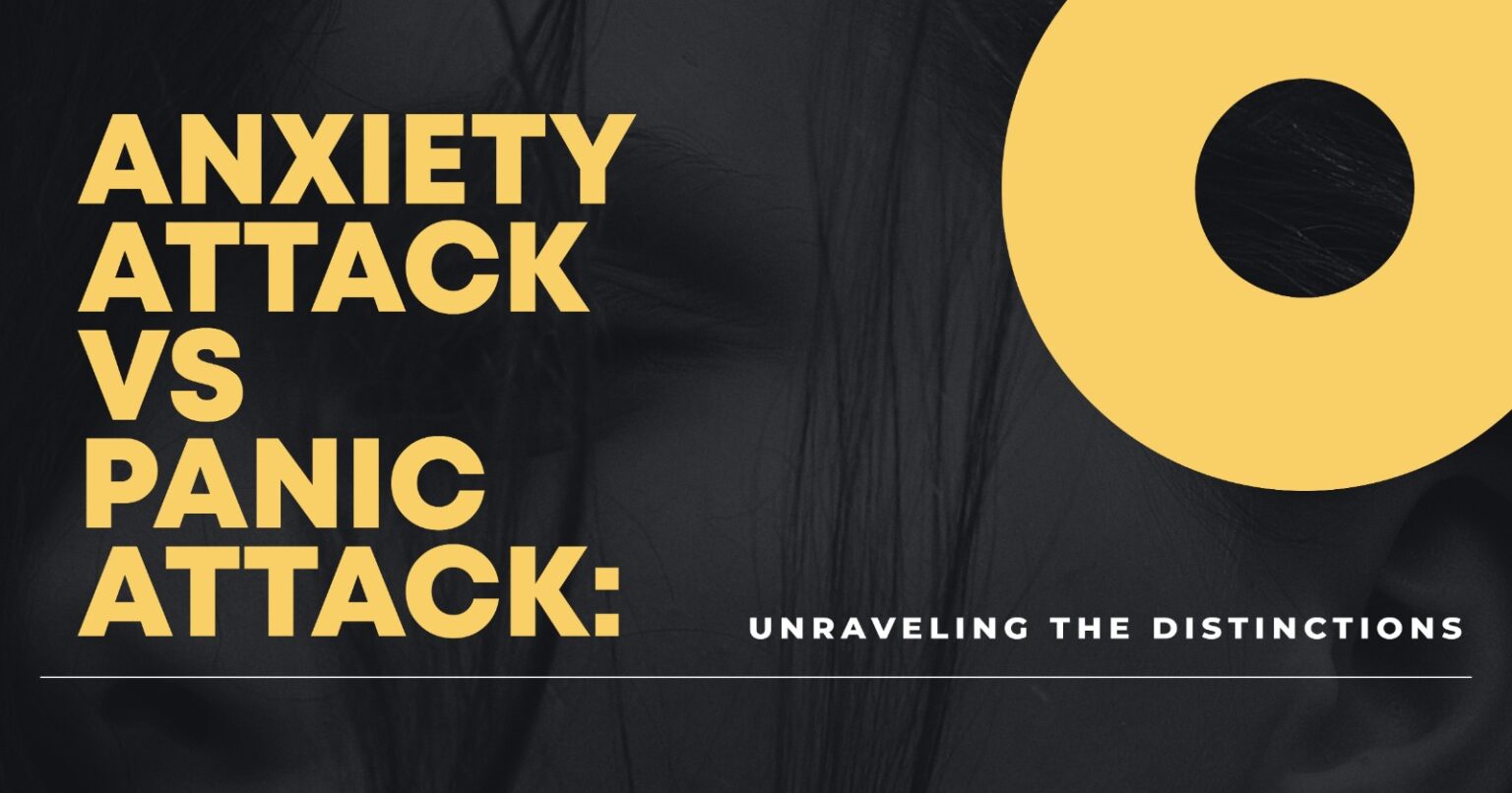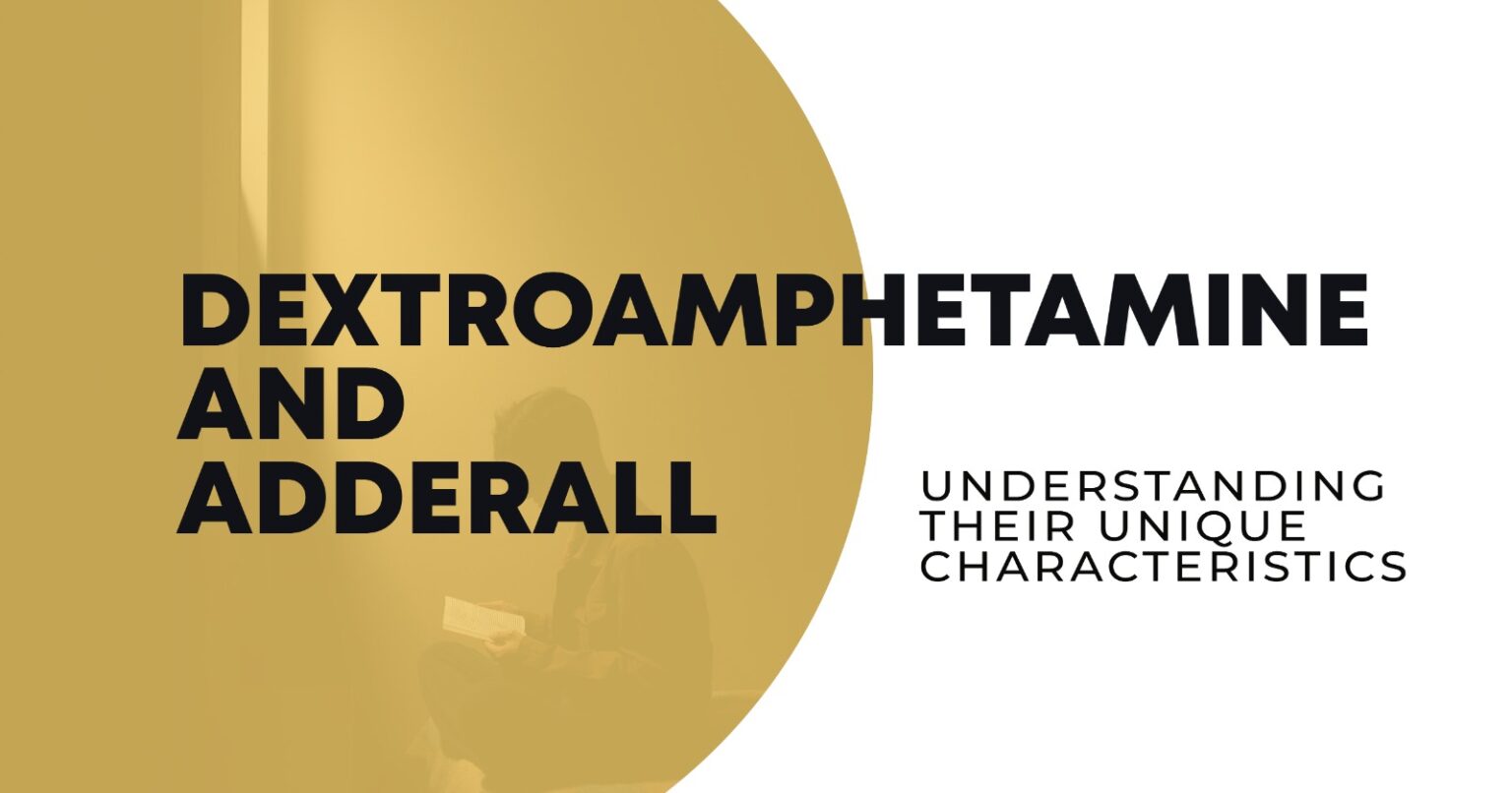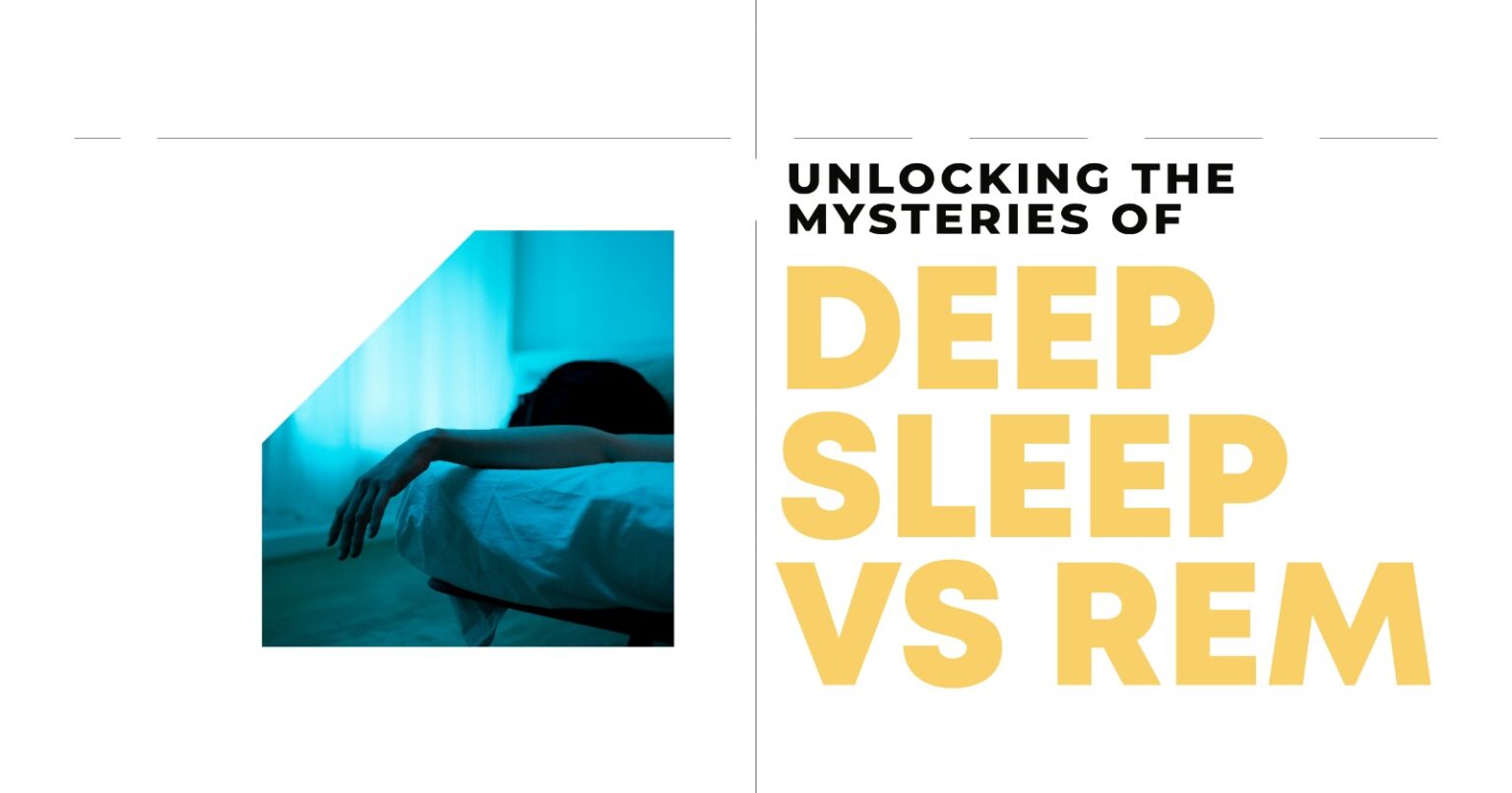Introduction
In today’s fast-paced world, finding effective ways to improve mental health and well-being is more important than ever. Adventure therapy, a unique form of therapy that combines outdoor activities with traditional therapeutic practices, is gaining popularity for its ability to address several mental health issues. This comprehensive guide explores the benefits of adventure therapy in the modern age, detailing its advantages, methods, and real-life success stories.
What is Adventure Therapy?
Adventure therapy, also known as adventure-based therapy, is an experiential therapy approach that uses physical activities and challenges to promote psychological healing and personal growth. It involves engaging in activities such as hiking, rock climbing, kayaking, and camping, designed to challenge both the body and mind. The combination of nature and adventure creates a powerful setting for therapeutic interventions.
Shine Mental Health
The Evolution of Adventure Therapy
Historical Background
Adventure therapy has its roots in the mid-20th century when outdoor programs began incorporating therapeutic elements. Initially designed for at-risk youth and individuals with behavioral issues, wilderness therapy has evolved to address a wide range of mental health disorders, including anxiety, depression, PTSD, and substance abuse.
Modern Adaptations
Adventure therapy has adapted to include various activities and therapeutic techniques in the modern age. It is now used in diverse settings, from wilderness therapy programs to urban environments, and is tailored to meet the needs of different populations. Modern adventure therapies incorporate a range of physical challenges and experiential learning to enhance personal growth.
The Benefits of Adventure Therapy
Enhancing Physical Health
Engaging in outdoor activities improves physical health, cardiovascular health, and overall well-being. Regular physical activities release endorphins, which are natural mood lifters. This productive element of adventure therapy enhances participants’ physical health and supports psychological resilience.
Reducing Stress and Anxiety
Nature has a calming effect on the mind. Outdoor therapies help reduce stress and anxiety by combining physical activity with the soothing elements of nature. Participants often report feeling more relaxed and at peace after therapy sessions, thanks to the natural setting.
Building Resilience
Adventure therapy involves facing and overcoming physical and mental challenges. This process helps build psychological resilience and teaches individuals how to cope with adversity. Skills learned during these adventure activities can be applied to everyday life, enhancing one’s ability to handle stress and setbacks.
Improving Self-Esteem and Confidence
Completing challenging activities boosts self-esteem and confidence. Adventure therapy activities encourage individuals to push their boundaries and achieve goals, promoting a sense of accomplishment and self-worth. This process enhances participants’ confidence levels and fosters a growth mindset.
Fostering Social Connections
Many adventure therapy programs are conducted in groups, providing opportunities for social interaction and teamwork. Building relationships with others who share similar experiences can provide emotional support and a sense of community, improving social skills and interpersonal relationships. These cooperative activities contribute to effective communication and conflict resolution.
Enhancing Problem-Solving Skills
Adventure therapy requires participants to engage in problem-solving and critical thinking. These skills are developed through activities that challenge the mind and body, leading to improved problem-solving skills and innovative thinking. Adventure-based therapy often includes challenge activities that foster effective communication and interpersonal skills.
How Adventure Therapy Works
Therapeutic Activities
Adventure therapy incorporates various activities designed to challenge both the body and mind. Common activities include:
- Hiking: Promotes physical fitness and provides a peaceful environment for reflection.
- Rock Climbing: Enhances problem-solving skills and builds trust through teamwork.
- Kayaking: Encourages teamwork and effective communication.
- Camping: Fosters self-reliance and a connection with nature.
The Role of Nature
Exposure to nature is a key element in adventure therapy. Studies show that spending time in nature can reduce stress, improve mood, and enhance overall wellness. The natural setting provides a calming backdrop that allows participants to focus on their therapy without the distractions of daily life.
Combining Therapy with Adventure
Adventure therapies combine outdoor activities’ physical and emotional challenges with traditional therapeutic techniques. This holistic approach ensures that individuals face their fears and limitations while receiving the support and guidance needed to process their experiences. This form of adventure therapy effectively addresses both mental health concerns and physical challenges.
Shine Mental Health
Who Can Benefit from Adventure Therapy?
Individuals with Anxiety and Depression
Adventure therapy is particularly beneficial for individuals struggling with anxiety and depression. Physical activities help release endorphins and natural mood lifters, while the therapeutic aspect addresses underlying emotional issues. The positive effects of these activities can be profound for those dealing with depressive disorders and behavioral issues.
Veterans with PTSD
Many veterans with PTSD have found relief through adventure therapy. The activities provide a safe way to confront and overcome their fears, while the camaraderie of group sessions helps rebuild trust and connection. This form of therapy offers effective communication and conflict resolution in a supportive environment.
At-Risk Youth
Adventure therapy programs for at-risk youth focus on building self-esteem, improving social skills, and providing a sense of accomplishment. These programs can be life-changing, offering young people a new perspective and direction. The therapeutic goals of these programs often include fostering emotional functioning and improving interpersonal skills.
Adventure Therapy vs. Traditional Therapy
Hands-On Experience
Unlike traditional therapy, which often occurs in a clinical setting, adventure therapy is hands-on and experiential. This approach can be more engaging for individuals who struggle with conventional talk therapy. The experiential education aspect of adventure therapy helps participants apply learned skills in real-world settings.
Immediate Feedback
The challenges faced in adventure therapy provide immediate feedback. For example, successfully climbing a rock wall gives instant gratification and a sense of accomplishment, which can reinforce positive behavior and thought patterns. This analysis of adventure therapy highlights the short-term improvements and follow-up effects.
Group Dynamics
Adventure therapy often involves group activities, which can enhance social skills and provide a support network. Participants learn to rely on and support each other, fostering a sense of community and belonging. The group dynamics of adventure therapy facilitate cooperative activities and effective communication.
How to Get Started with Adventure Therapy
Finding a Qualified Therapist
Finding a qualified therapist experienced in this field is essential when considering adventure therapy. Look for mental health professionals with certifications in both mental health counseling and outdoor education. The Department of Health and Ageing and the Health Organization often provide resources to locate qualified practitioners.
Setting Realistic Goals
Before starting adventure therapy, discuss your therapeutic goals with your therapist. Setting realistic goals will help guide your treatment and measure progress. Adventure therapy outcomes are often more successful when clear goals are established.
Preparing for the Journey
Adventure therapy can be physically demanding. To ensure you are prepared for the activities, maintain a basic fitness level and invest in appropriate gear. Preparation helps in achieving a sense of responsibility and readiness for the challenge element of the therapy.
FAQs
Q: What is the primary goal of adventure therapy?
A: The main goal of adventure therapy is to use physical activities and nature to promote mental health and personal growth.
Q: Is adventure therapy suitable for everyone?
A: While adventure therapy can benefit many people, it may not be suitable for individuals with certain physical limitations or severe mental health conditions. It’s essential to consult with a qualified therapist to determine if it’s right for you.
Q: How long does an adventure therapy program last?
A: The duration of adventure therapy programs can vary. Some are short-term, lasting a few weeks, while others may extend over several months. The residential treatment aspect may influence the program length.
Q: Can adventure therapy be combined with other forms of treatment?
A: Yes, adventure therapy is often used in conjunction with traditional therapy methods, such as cognitive-behavioral therapy (CBT) or medication, to offer a comprehensive treatment plan. This combination can enhance therapeutic interventions and improve overall outcomes.
Shine Mental Health
Conclusion
Adventure-based therapy offers a unique and practical approach to supporting mental health. Combining physical activity, nature immersion, and therapeutic techniques is beneficial for personal growth and healing. If you are struggling with anxiety, depression, PTSD, or simply looking for a new way to improve your well-being, adventure therapy can help transform your mental health. If you or a loved one is considering adventure therapy treatment, seek a qualified professional to guide you through this empowering journey.
Empower Your Mental Health Today
If you or someone you know is considering adventure therapy treatment, don’t hesitate to seek professional guidance. The proper support and a tailored approach can make a huge difference in your mental health journey.







